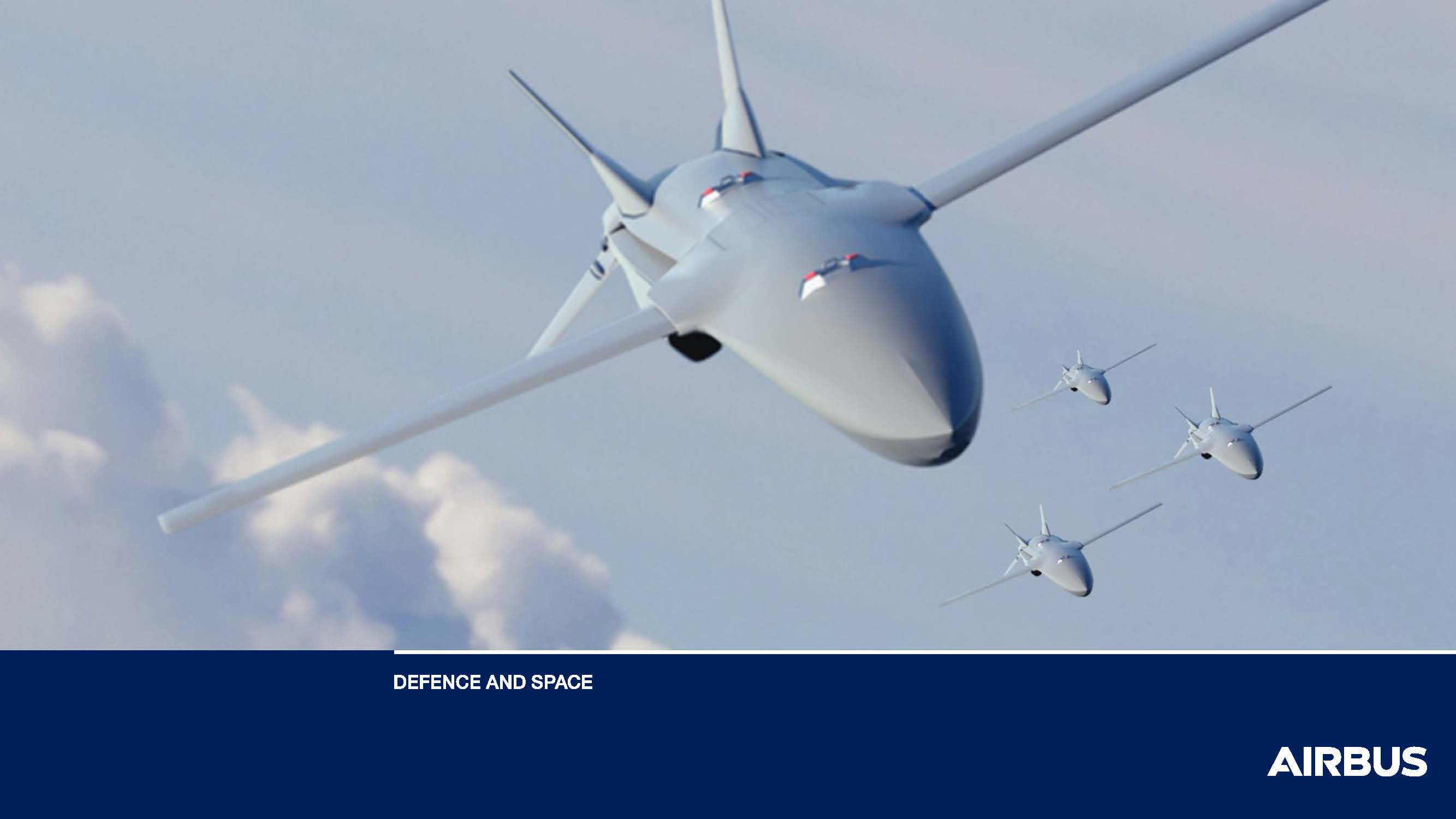By Pierre Tran
Paris – French electronics company Thales expects to bring greater network connection and speeded up responses as contributions to the Future Combat Air System, a project key to the concept of European defense backed by president Emmanuel Macron.
“Clearly the role that we intend to play, in whatever configuration ultimately the project has, is around … the notions of augmented, connected, collaborative combat,”Alex Cresswell, executive vice president for land and air systems, told journalists June 12.
That concept of an integrated approach to combat was based on “all the things that enable the immense amount of data that these sensors and systems will collect to be able to be used to make smarter, faster decisions with regard to the application of military force and the organization of military capabilities,” he said.
It was too early to say exactly what Thales’s contribution will be to FCAS but the company has invested heavily in technology which aimed to “flatten command structures and make these assets more useful,” he said.
“So we expect to play a role, and with the level of definition of the project either in France or Germany, or in France and Germany.”
The company has invested heavily as the concept of augmented, connected, collaborative combat is seen as important.
Thales will be displaying at the Paris air show systems which seek to deliver increased smarts and speed, including an upgraded Talios airborne target designation pod and Ground Force 300 land-based radar.
Macron is due to visit the air show June 17, the first day of the showcase for global aerospace, and the head of state is expected to make announcements on a technology demonstrator for a next-generation fighter jet, and research and technology for a new engine, critical parts of the FCAS project backed by France and Germany, with Paris as the leader. Spain is joining that partnership.
Airbus and Dassault Aviation are working on the joint study contract for FCAS, with the former as systems architect while the latter focuses on the new fighter.
Negotiations on who-does-what in the FCAS project have been tough, and announcement of industrial contracts might be made at the end of summer, financial website La Tribune reported June 12.
Dassault, meanwhile, will put on display at the air show concepts for the demonstrator.
“The 2019 Paris air show will highlight how we are preparing for the future: extending the Falcon family (6X), reinforcing our support services, presenting what could be a demonstrator for the next generation fighter (NGF) under the future combat air system (FCAS) and the agreements between Dassault Aviation and Airbus,” Dassault CEO Eric Trappier said in a June 4 statement.
Airbus has the capabilities to take up the role of systems architect, an Airbus spokesman said.
Those skills are to be found in its defense and space unit, which works on military aircraft including A400M, A330 MRTT and Eurofighter Typhoon; drone technology; space including Syracuse and Skynet military satellites; and communications, intelligence and security, which works on C4ISR and systems of systems.
Some 2,000 staff at the Elancourt office, just outside Paris, work on cybersecurity, artificial intelligence and studies on the combat cloud.
Airbus completed a flight demonstration of a “connected airborne battlespace scenario, centred on (an) MRTT aircraft,” the company said June 13. The test was part of the development of Airbus’ network for the sky (NFTS) program.
That flight demonstration simulated wideband communication links between ground forces, fighter jet, a multirole transport /transport aircraft, and a combined air operations centre on the ground, the company said.
“This unique demonstration is a significant milestone in realising our vision of secure connectivity, which will enable the future air combat cloud and enhance real time execution of military missions,” said Evert Dudok, head of communications, intelligence & security at Airbus Defence and Space.
Airbus, partnered with Naval Group and Rohde & Schwarz, won last year a contract to update the French Navy’s Rifan 2 broadband communications network to a 2.1 level.
Last year, Airbus, partnered with Atos, won a six-year deal to provide cybersecurity for 17 European Union institutions and agencies.
Meanwhile, Thales will showcase combat systems which draw on technology deemed to be essential to FCAS.
An upgraded Talios pod will equip the planned Rafale F4 fighter with a capability dubbed neural process imagery.
That capacity will allow the pod to process the imagery picked up in flight and deliver target detection to the pilot in real time, while in flight.
The present Talios system collects and stores high resolution visual data in the pod while in flight.
After the pilot lands and data is transferred, image analysts pore over the pictures.
The new pod aims to speed up operations, with the equipment seen as replacing seven or eight image analysts working for a week to find a target for a strike.
Thales will also display GF300, a land radar based on Sea Fire 500, a digital sensor developed for the intermediate frigate for the French Navy.
The DGA, which funded development of GF300, is in talks with Thales for a selection of a new radar to equip the next-generation SAMP/T, an update for a Franco-Italian air defense system with the Aster missile.
GF300 is pitched as having longer range than the present Arabel system and offered at a similar price as the latter, with greater reliability.
A decision on the radar is due by the end of the year, Thales said.


